What are those bushes
pixie_lou
13 years ago
Related Stories

GARDENING GUIDES6 Plants That Beat Butterfly Bush for the Wildlife Draw
It's invasive, a nonnative and a poor insect magnet. Check out these better alternatives to butterfly bush in the garden
Full Story
CONTAINER GARDENSPatio-Perfect Berry Bushes Like You’ve Never Seen
Small enough for pots but offering abundant fruit, these remarkable bred berries are a boon for gardeners short on space
Full Story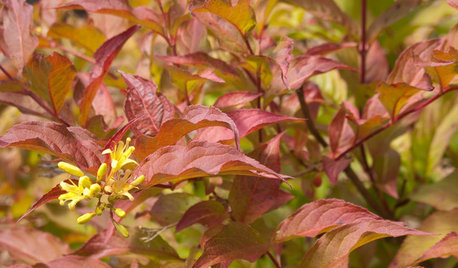
GARDENING GUIDESGreat Design Plant: Northern Bush Honeysuckle, a Bronze Beauty
It helps control erosion and takes sun or shade. The butterflies love it. But the best part of this shrub may be the vivid foliage
Full Story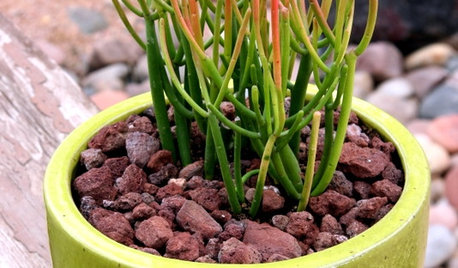
GOLD FOLIAGEGreat Design Plant: Milk Bush
With a rubbery texture and cartoon-like branches, this succulent brings an unusual, exotic energy to landscapes and container gardens
Full Story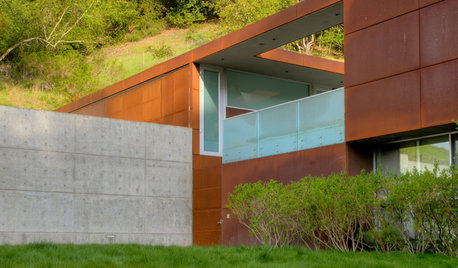
GARDENING FOR BUTTERFLIESGreat Design Plant: Coyote Bush
Remarkably resilient, this coast-happy shrub attracts native wildlife — and its leaves have an unusual attribute
Full Story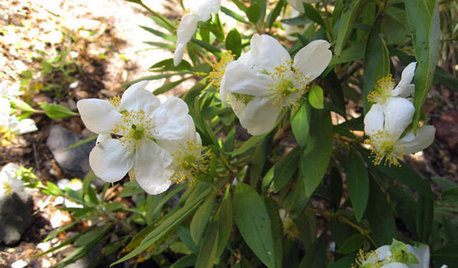
FLOWERSGreat Design Plant: Bush Anemone
Breathe in this shrub's sweet perfume while you're admiring its petite white flowers and the butterflies it brings
Full Story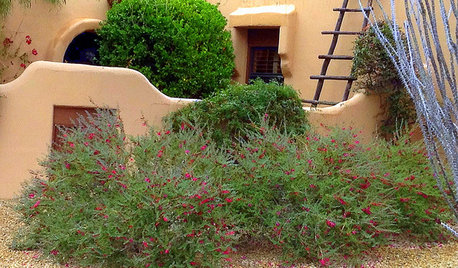
GARDENING GUIDESGreat Design Plant: Valentine Bush for Heartfelt Winter Color
Passionate red flowers from winter through spring add gorgeous color to bare Southwest landscapes
Full Story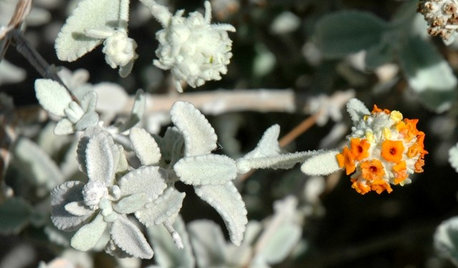
GARDENING GUIDESGreat Design Plant: Buddleja Marrubiifolia
Beautiful color, soft texture and the ability to thrive in the extreme temperatures of the Southwest make woolly butterfly bush a winner
Full Story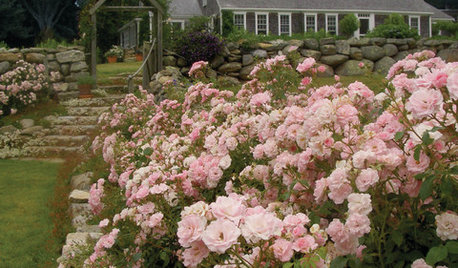
GARDENING AND LANDSCAPINGReimagine the Rose Garden
No need for boxlike bushes. Modern roses are breathtakingly beautiful mixed casually and with less formal shapes in the landscape
Full Story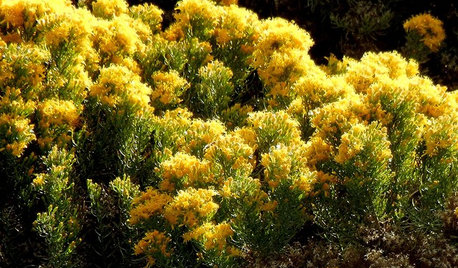
GARDENING GUIDESGreat Design Plant: Ericameria Laricifolia
Golden yellow flowers of turpentine bush herald the arrival of fall in the Southwest and transform the dark green foliage
Full Story




WendyB 5A/MA
ginny12
Related Discussions
Those Bush Jacket thingies
Q
My rose bushes hardly grew into bushes, so puny help.
Q
Bush with red berries
Q
Cape Cod -- what are those bushes??
Q
terrene
pixie_louOriginal Author
tree_oracle
squirejohn zone4 VT
WendyB 5A/MA
squirejohn zone4 VT
diggerdee zone 6 CT
NHBabs z4b-5a NH
terrene
cris
asarum
tree_oracle
spedigrees z4VT
in ny zone5
prairiemoon2 z6b MA
WendyB 5A/MA
prairiemoon2 z6b MA
WendyB 5A/MA
prairiemoon2 z6b MA
tree_oracle
prairiemoon2 z6b MA
WendyB 5A/MA
prairiemoon2 z6b MA
WendyB 5A/MA
prairiemoon2 z6b MA
cris
ego45
WendyB 5A/MA
cris